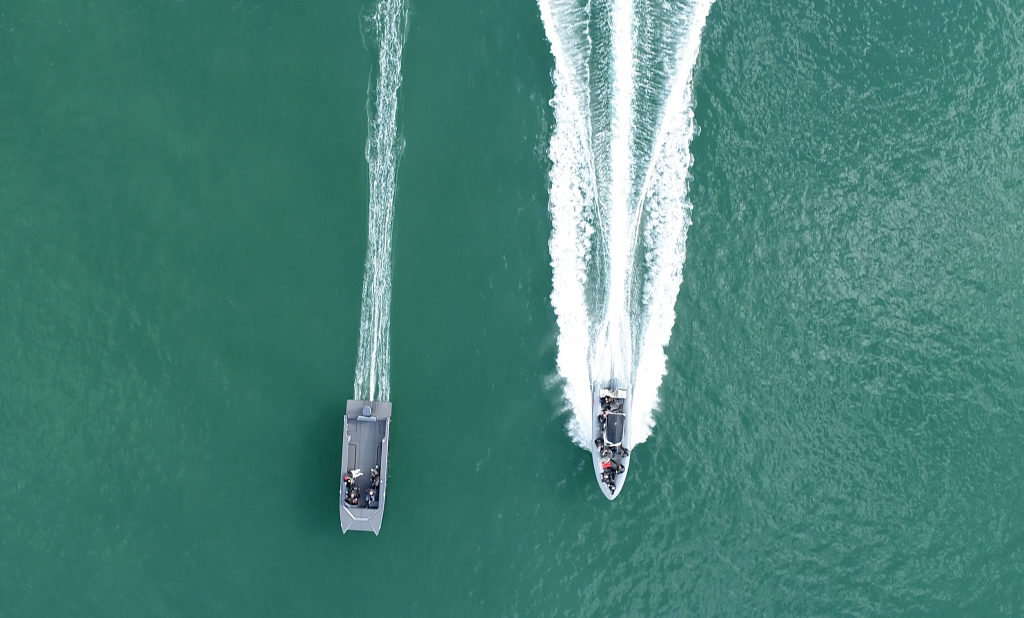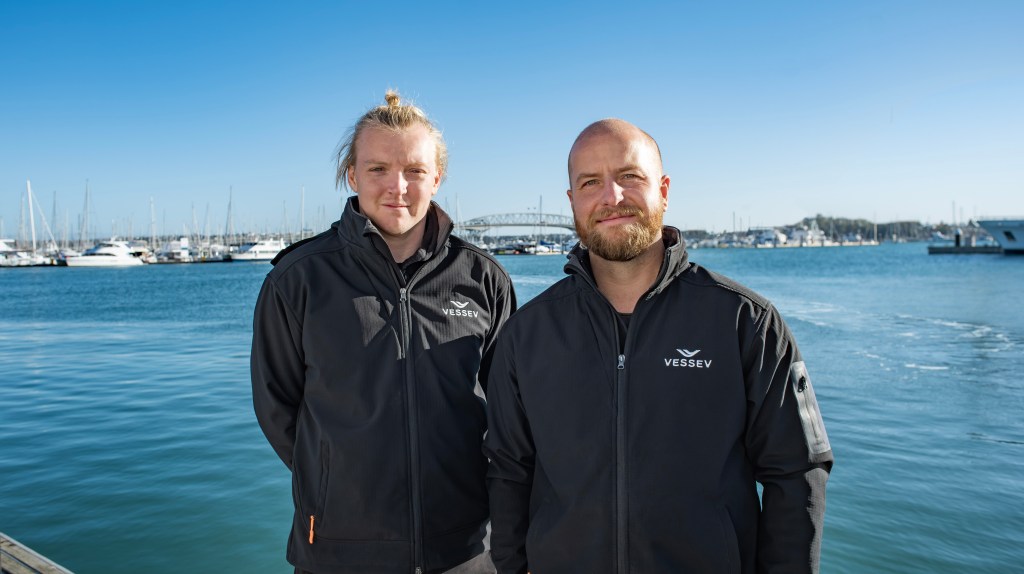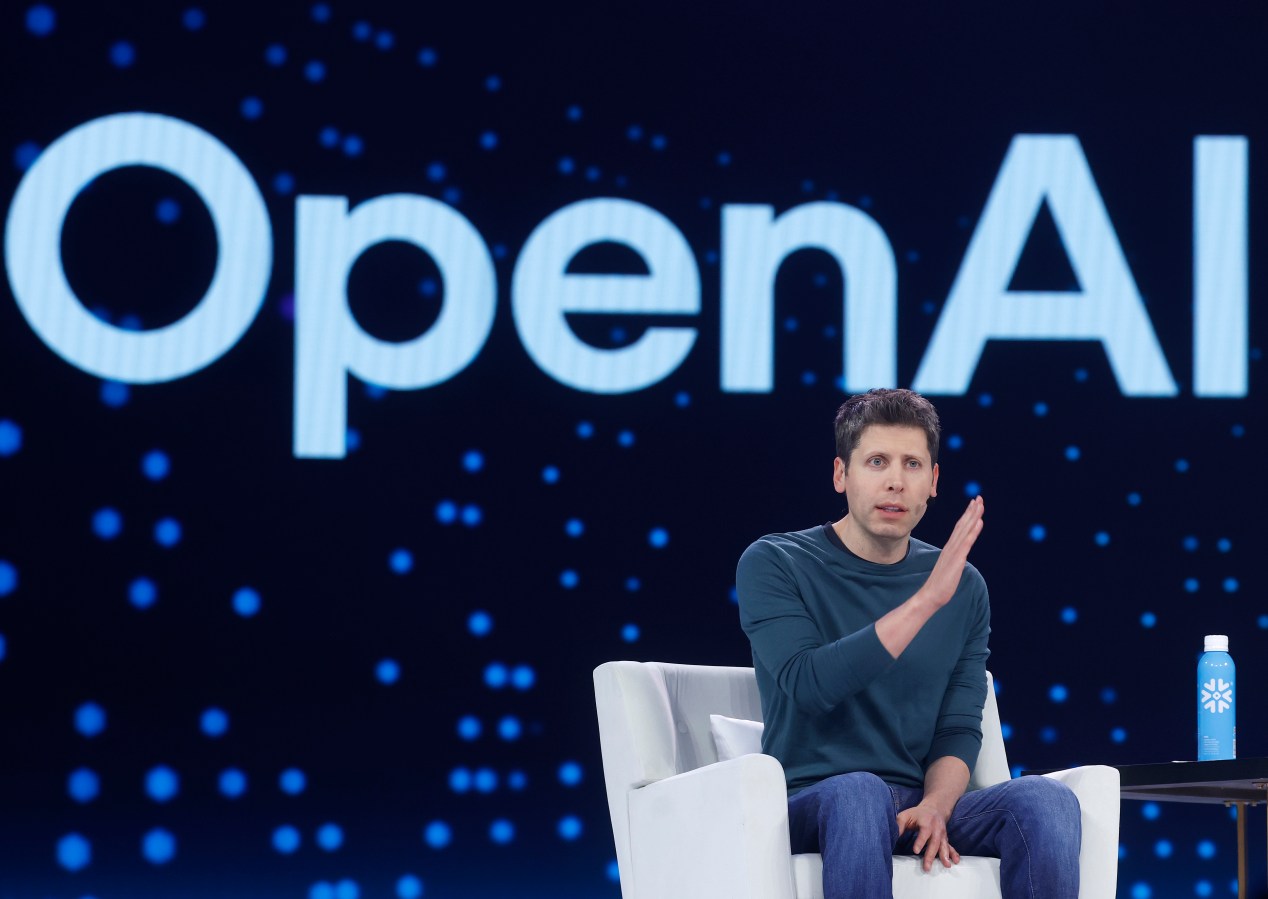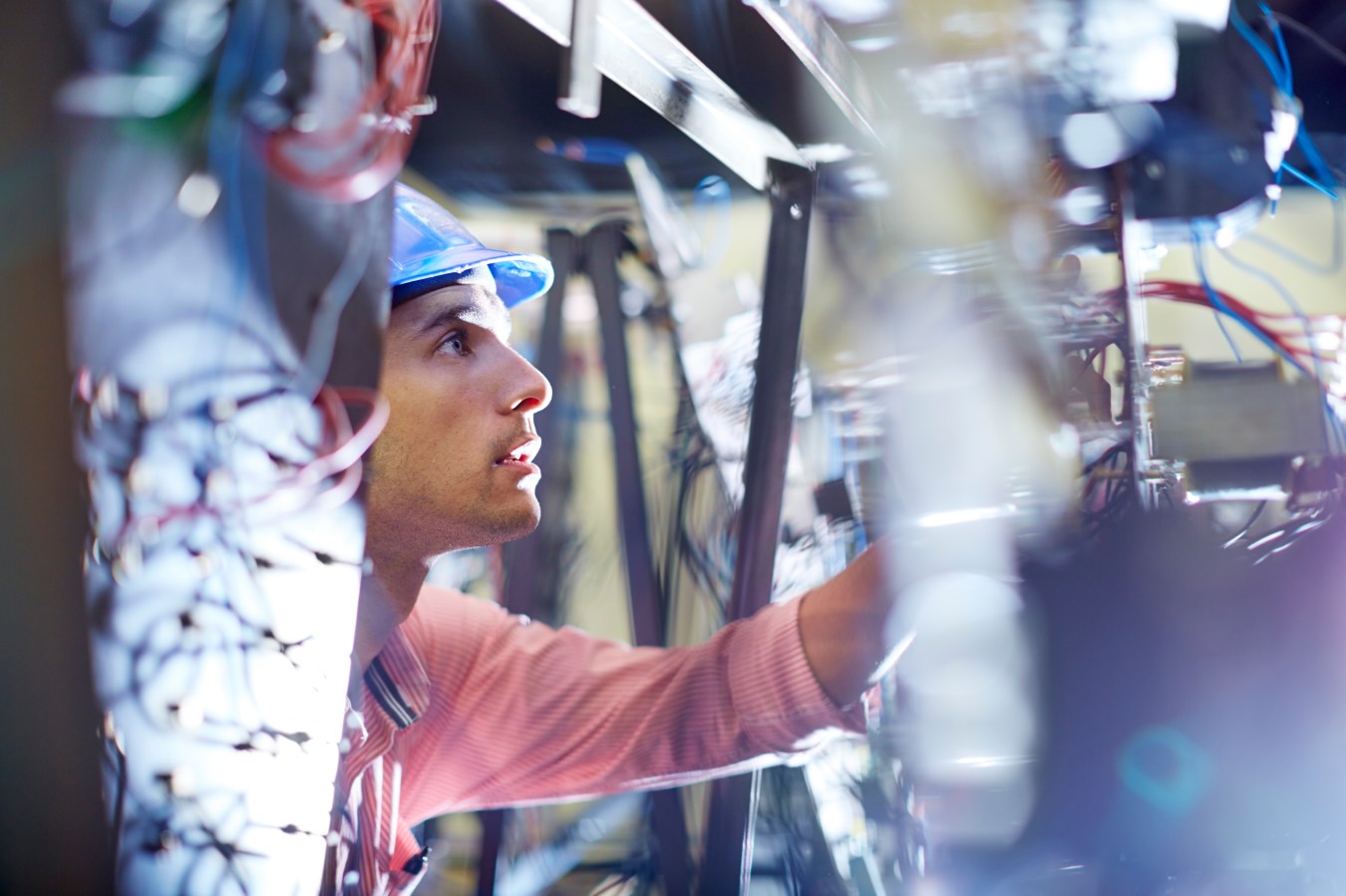Vessev, formerly SeaChange, has partnered with New Zealand’s largest ferry operator to launch the world’s first hydrofoiling tourism vessel.

New Zealand startup Vessev, founded by Max Olson and backed by Australian venture capital firm Blackbird, has unveiled its VS-9 – the first fully-electric passenger vessel to operate in Auckland, and the first hydrofoiling tourism vessel in the world. Its lead customer is Fullers360, New Zealand’s largest ferry operator.
The nine-metre vessel, designed and built in-house by Vessev’s 14-strong team, will transport up to 10 passengers at a service speed of 25 knots, with a range of 50 nautical miles (92.6km).
“We use techniques similar to America’s Cup vessels which provide very high control authority when compared to other systems. That means we can handle more wind and bigger seas,” Vessev CEO Eric Laakmann says. “The system is more difficult to engineer up-front, but results in a very performant vessel that is both more capable and more efficient.”
Vessev says its technology reduces energy consumption by up to 95%, and therefore results in significantly reduced operational costs long-term. Right now, the VS-9 is undergoing on-water testing with a petrol-powered chase boat following, doing the same motions and distance. Vessev says the cost of the petrol fueling the chase boat is 25 times the cost of the electricity used to charge the VS-9.

Alongside reduced running costs, Vessev says hydrofoiling proves a smoother ride for passengers.
“Traditionally, larger vessels are required to deliver a comfortable passenger experience as they can handle the impact of waves and wake. By flying above the waves the VS-9 delivers a large vessel experience on an agile platform that can be berthed and charged in nearly any marina,” Laakmann says.
Vessev is already working to develop the VS-18, a 100-passenger vessel using the same technology and design of the VS-9. The hope is that Vessev’s tech can help commercial boat operators – and recreational sailors – transition to greener models.

“There are 33 million vessels in the world today with sustainable vessels representing the smallest fraction. Through significant enhancements in efficiency, hydrofoiling will play a key role in this once-in-a-generation shift,” Laakmann says. And Fullers360 is jumping on the trend early.
“It’s our intention for Fullers360 to be 100% electric or hydrogen operated by 2040 and foiling is absolutely a part of that vision for us,” Fullers360 CEO Mike Horne says. “The establishment of NetZero Maritime has enabled us to dedicate a team to enabling zero emissions projects with the VS-9 being the first fully electric passenger vessel to operate in Auckland.”
Look back on the week that was with hand-picked articles from Australia and around the world. Sign up to the Forbes Australia newsletter here or become a member here.


